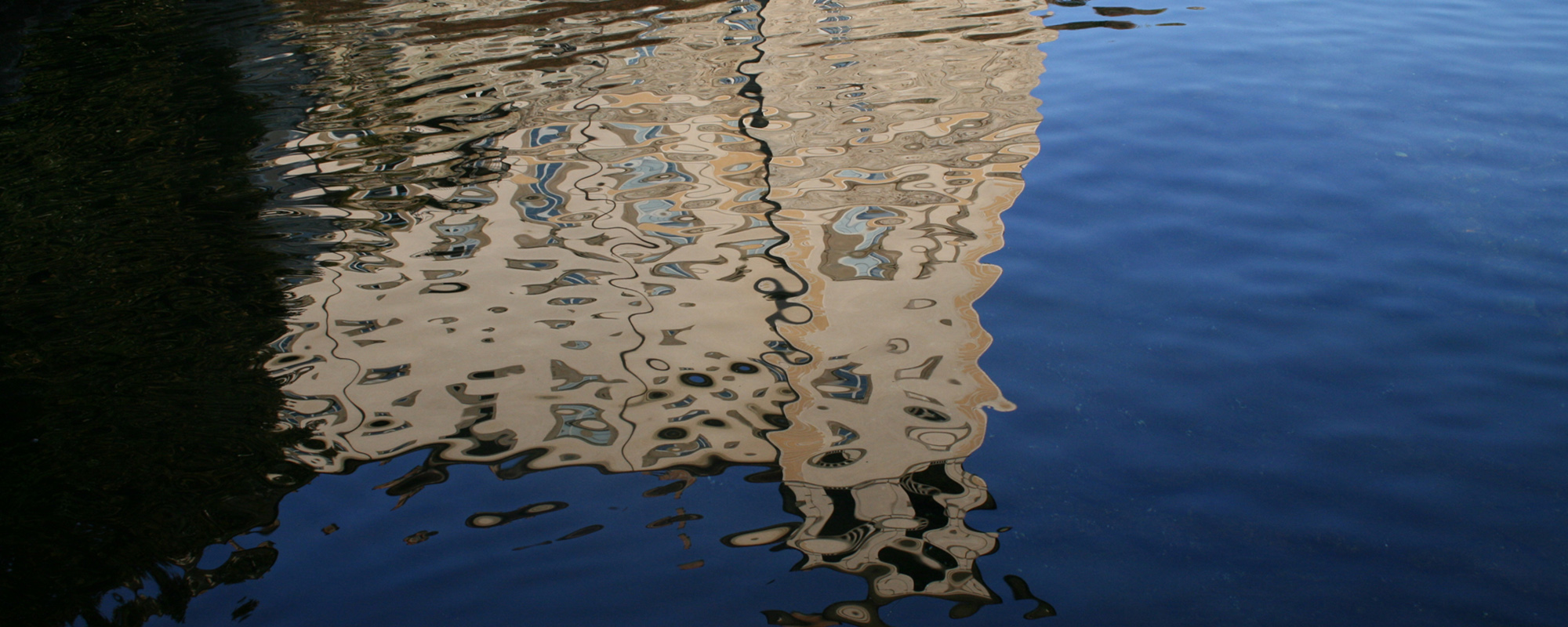Tempest 24hr response 0845 052 4522

Millions of people in the UK live and work in areas at risk of flooding from rivers or the sea. Floods are among the most frequent and costly natural disasters. Flooding often occurs following a high winds, thawing snow, or several days of sustained rain. Flash floods occur suddenly, due to rapidly rising water along a stream or low-lying area. Learn what to do to keep your loved ones safe!
Flood restoration services
FAQs
A. Here at Tempest Restoration we have been providing flood restoration services to properties across the UK. In that time we have dealt with water damage of all scales. Over the years have not only been involved in 1000's of small domestic disaster restoration claims but also major incidents from the Cumbrian floods to the Buncefield fire at the oil storage terminal in Hertfordshire. Our continuous investment in the very latest flood drying equipment and technician training enables us to handle professionally any size and scale of flood damage. Our aim is to provide a prompt, professional and reliable disaster restoration service to domestic and commercial property owners.
A. We are fully equipped to clean up flood damage after all types of flood. Over the years we have helped thousands of homeowners and businesses alike recover from Coastal flooding, River flooding, Flash flooding, Groundwater flooding and Sewer flooding. Read our guide on common types of flood water. We are able to deal with all types of water including clean water, grey water (a source of water that contains a significant degree of chemical, biological or physical contaminants and causes discomfort or sickness when consumed or even exposed to) and black water (water which contains unsanitary agents, harmful bacteria and fungi, causing severe discomfort or sickness). Read our guide on common categories of water. Floods can be caused for many different reasons. Heavy rainfall, storm water, river flooding, coastal surges, leaking/burst pipes or human error are all typical causes of flood water in the home or business premises. The source of the ingress isn't always visible neither. Water can trace itself to a point from a large distance away from the entry source. Here at Tempest we have specialist detection equipment for trace and access on water ingression to a property.
A. Flood water can devastate a property. The damage may be imperceptibly slow and minor such as water spots that could eventually mar a surface. At this point, the potential damage done to a structure that you may not have been aware of can be large in scale. Or, it may be instantaneous and catastrophic such as flooding. However fast it occurs, water damage is a major contributor to loss of property. Whatever the cause, primary flood damage is just the beginning and you need to act fast to minimise the consequences of secondary damage. Your home is full of porous materials that absorb water like a sponge which will damage structural integrity. Water causes corrosion and damages electrical equipment which can be fatal if not identified. Residual moisture becomes water vapour throughout the building which will condense. If the water is not completely removed it can lead to dry rot and a high risk of microbial growth e.g. mould and bacteria which is damaging to your health and isnt always something visible to the naked eye like typical black mould in a bathroom.
A. After a safety assessment, we look to identify the cause of the water leak or ingress using various tools and equipment. Our experienced team of technicians will look to make a decision on the best course of action for your situation. The next stage utilises advanced water removal equipment followed by rapid drying technology and humidity control to remove the water and moisture from the property.
A. Their are many potential health risks associated with flood water. Apart from the initial potential risk of drowning, the further potential risks to your health very much depend upon the nature of the water. We are able to deal with all types of water including clean water, grey water (a source of water that contains a significant degree of chemical, biological or physical contaminants and causes discomfort or sickness when consumed or even exposed to) and black water (water which contains unsanitary agents, harmful bacteria and fungi, causing severe discomfort or sickness). If there is any possibility of contamination DO NOT TOUCH IT, call Tempest Restoration on 0845 052 4522. Read our guide on common categories of water.
A. Every case is different and their are many factors that make up the scale of damage and repair required due to flood damage of a property. We recommend a site survey to ascertain the level of damage and repair required. Once on site, we are able to quickly advise on the best course of action to bring about the most effective recovery. Our state-of-the-art equipment ensures the remediation process will be thorough, effective and as fast as possible, returning your home or business to normality as quickly as possible. Using the latest technology and with highly experienced technicians, our aim is to complete the restoration in the best way to reduce costs and prevent secondary damage in the future.
A. Every flood is unique and as such the timescale is dependent on many variations and factors. A small scale water leak is usually quiker to repair than large scale flooding caused by a river overflowing. Our knowledgeable and experienced team will assess the damage and act fast and efficiently to provide a tailored and precise response to your properties specific requirements. The use of modern equipment, rapid drying technology and working practise means that your home or business will be safely and quickly returned to normal, minimising disruption and cost.
A. We operate across the UK with technicians available in major towns and cities. Our head office is based in Swaffham, Norfolk where we undertake all our training.